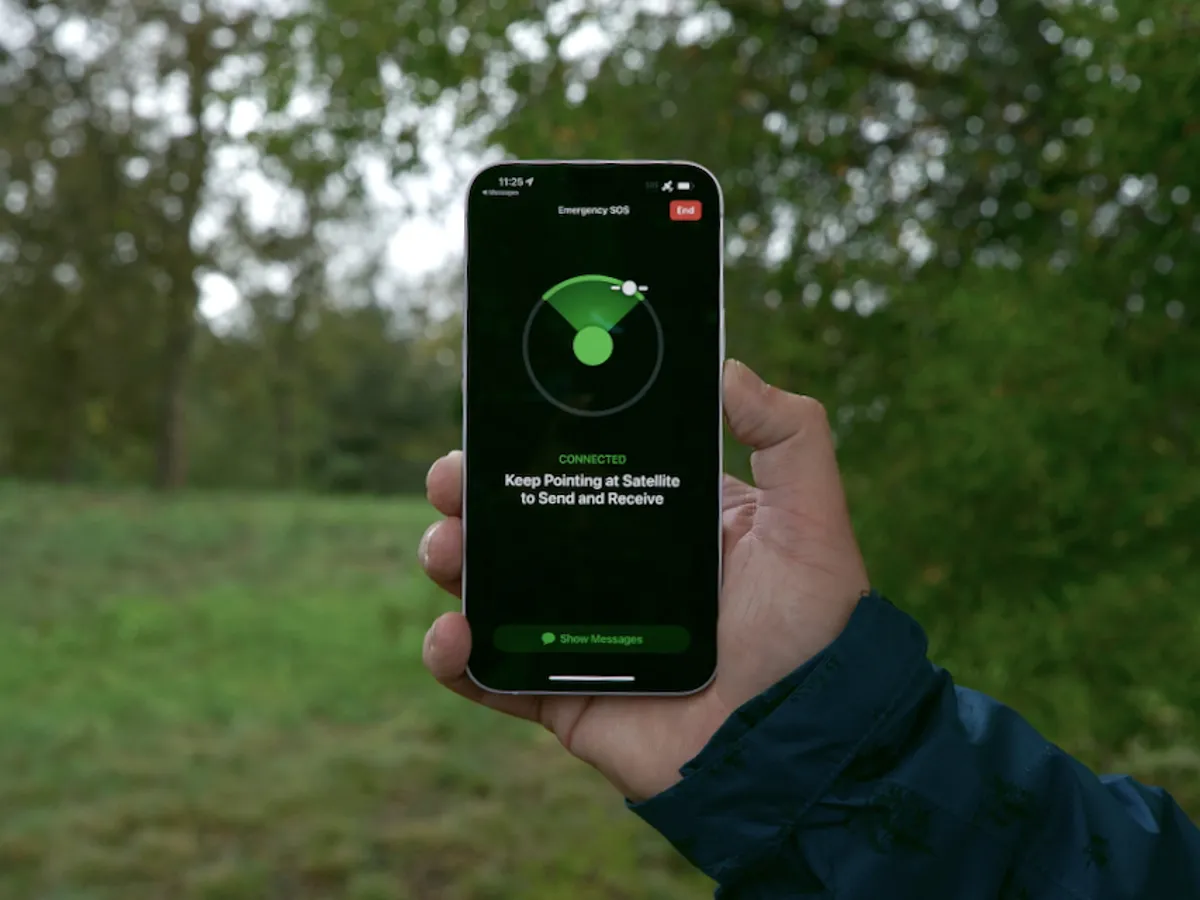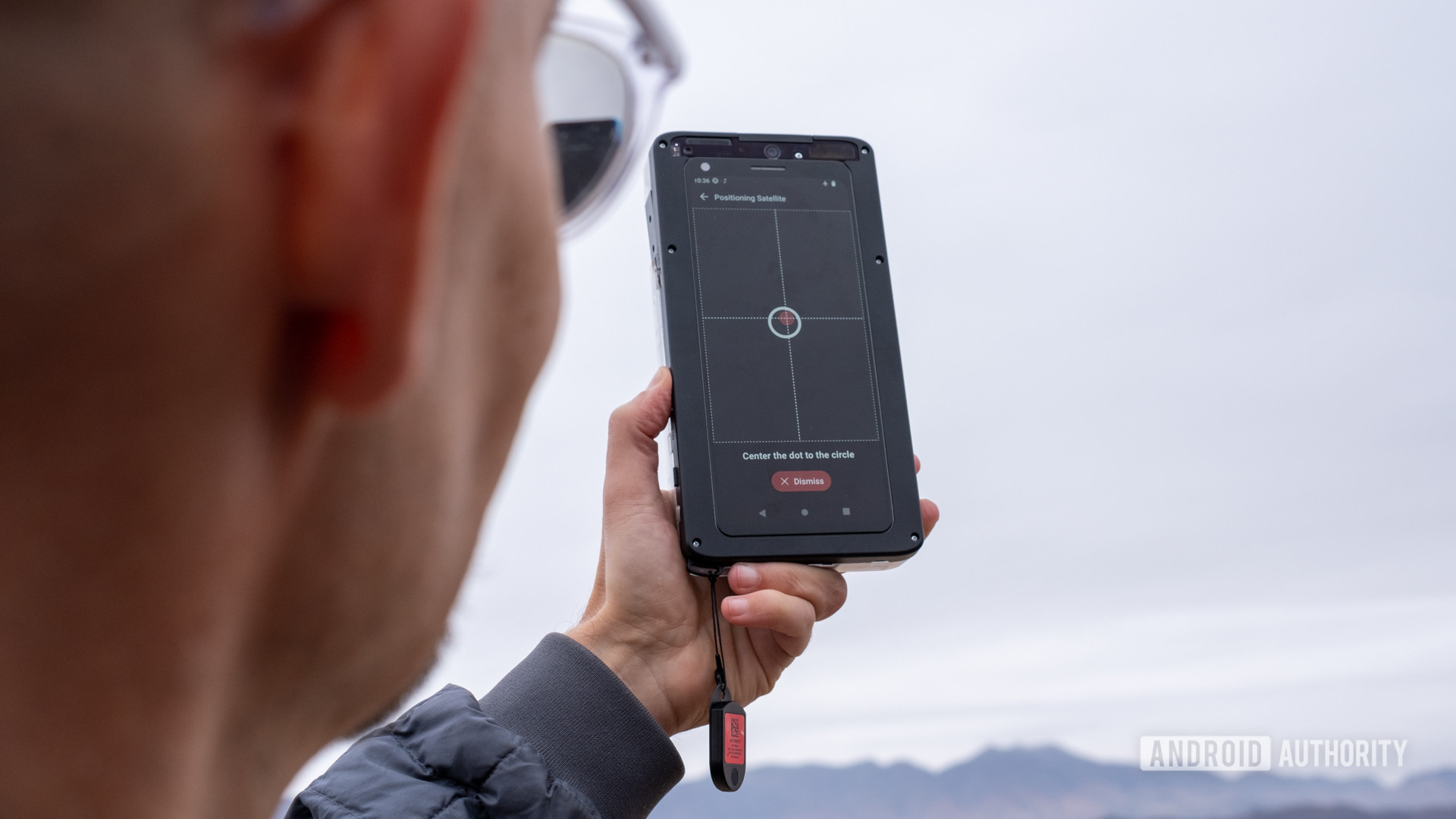Recent developments reveal that this is about to change, with Google’s Android 15 poised to introduce satellite messaging capabilities, reshaping the landscape of mobile communication. In an era where staying connected is more vital than ever, the realm of smartphone technology is witnessing a groundbreaking shift. The introduction of emergency satellite connectivity by Apple in its iPhone 14 Pro series in 2023 marked a significant leap towards ensuring safety and communication in the most remote areas.
However, the Android ecosystem, known for its rapid adoption of innovative hardware features, has taken a bit longer to unveil a counterpart.
Breaking Boundaries: Android 15’s Leap into Satellite Messaging
The Dawn of Satellite Messaging on Android 15
For Android users, the anticipation is building as more details emerge about the platform’s satellite connectivity features. Unlike its competitor, Android’s approach, spearheaded by Google, promises a broader application, enabling not just emergency communication but also regular messaging capabilities through satellite networks.
This initiative is set to bridge the gap for Android aficionados, ensuring that the best Android 15 phones offer comparable, if not superior, satellite connectivity options.’
Google and T-Mobile: A Stellar Partnership
The journey towards satellite-enabled messaging on Android 15 phones is made possible through a strategic partnership between T-Mobile and SpaceX. This collaboration, known as “Direct to Cell,” is a technological marvel, allowing existing Android devices to communicate with low-orbit satellites without the need for additional hardware.
This initiative was sparked by the successful launch of the first batch of “Direct to Cell” satellites by Starlink in February, setting the stage for a new era of mobile connectivity.
Android 15 pode suportar troca de mensagens de texto via satélite sem hardware especial 🛰️📱 #TudoCelular #Android #Android15 #Notícias https://t.co/yerl0WjXDJ
— TudoCelular (@TudoCelular) March 8, 2024
Android 15 is at the heart of this evolution, incorporating support for T-Mobile’s “Direct to Cell” technology. The recent Android 14 QPR3 Beta 2 release hinted at this forthcoming feature, showcasing a Satellite Messaging page that paves the way for seamless communication even in the absence of mobile networks or Wi-Fi.
Beyond Emergencies: A New Messaging Frontier
One of the standout aspects of Android 15’s satellite messaging feature is its versatility. Unlike the current limitations on iPhones, where satellite connectivity is reserved for contacting emergency services, Android’s implementation promises a more expansive use case.
Users will have the capability to message anyone, anywhere, making it an indispensable tool for adventurers, travelers, and those in underserved regions.
This inclusive approach to satellite messaging signifies a major leap forward in making global communication more accessible. The potential for Android phones to auto-connect to satellites in areas devoid of conventional network coverage could dramatically change how we stay in touch, offering a lifeline in situations where it’s most needed.

The Road Ahead: What’s Next for Android 15’s Satellite Connectivity?
While the excitement is palpable, many details about Android 15’s satellite messaging capabilities remain under wraps. The technology’s exact rollout, coverage limitations, and compatibility with existing devices are eagerly awaited topics. However, the tech community is abuzz with anticipation, expecting further announcements at the upcoming Google I/O 2024.
The introduction of satellite connectivity to Android phones represents more than just a feature update; it’s a testament to the evolving landscape of mobile technology and its role in enhancing global communication.
As we look towards a future where connectivity knows no bounds, Android 15 stands at the forefront, ready to redefine the standards of smartphone communication.



